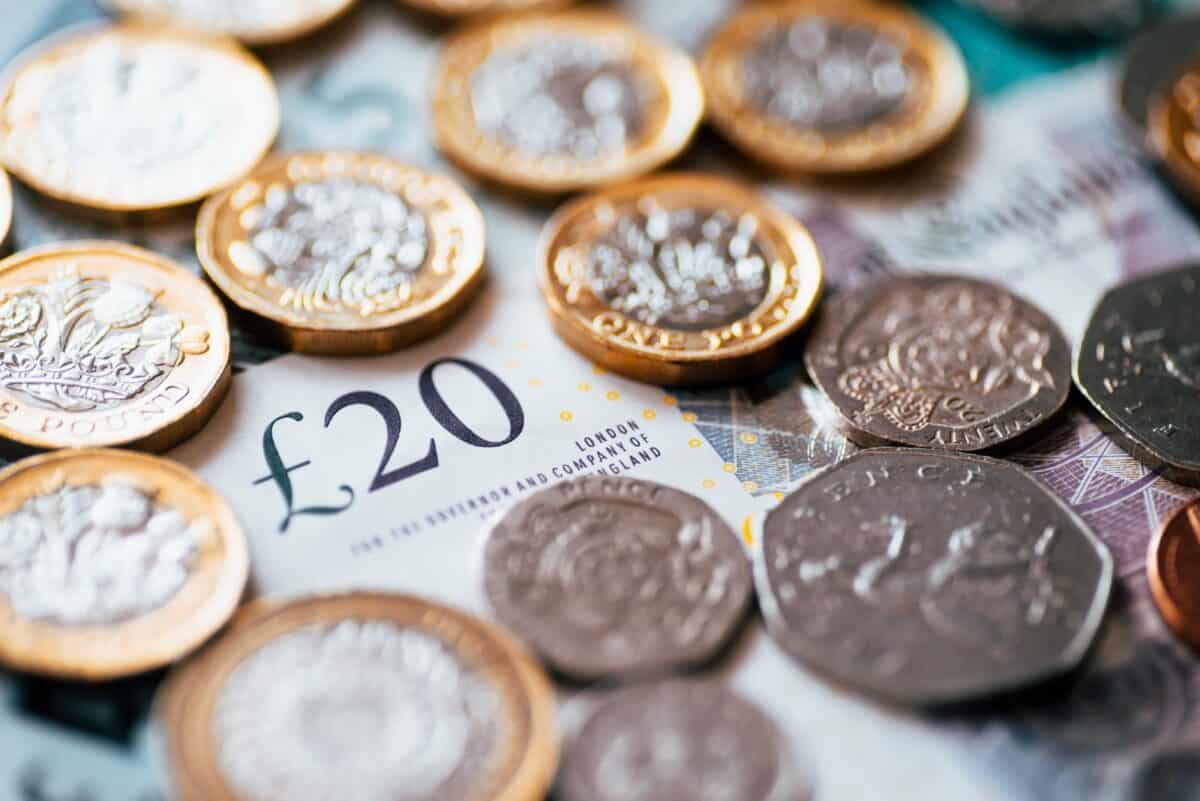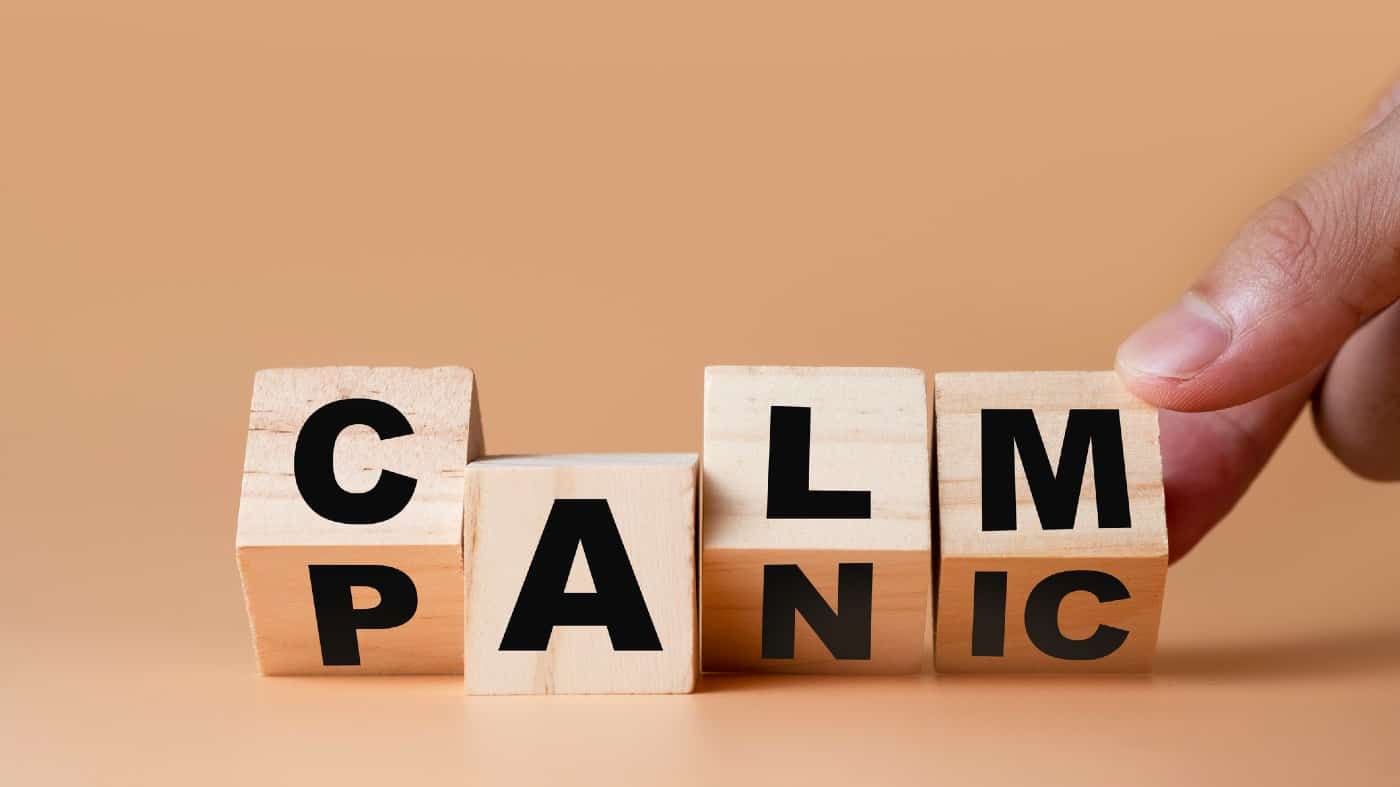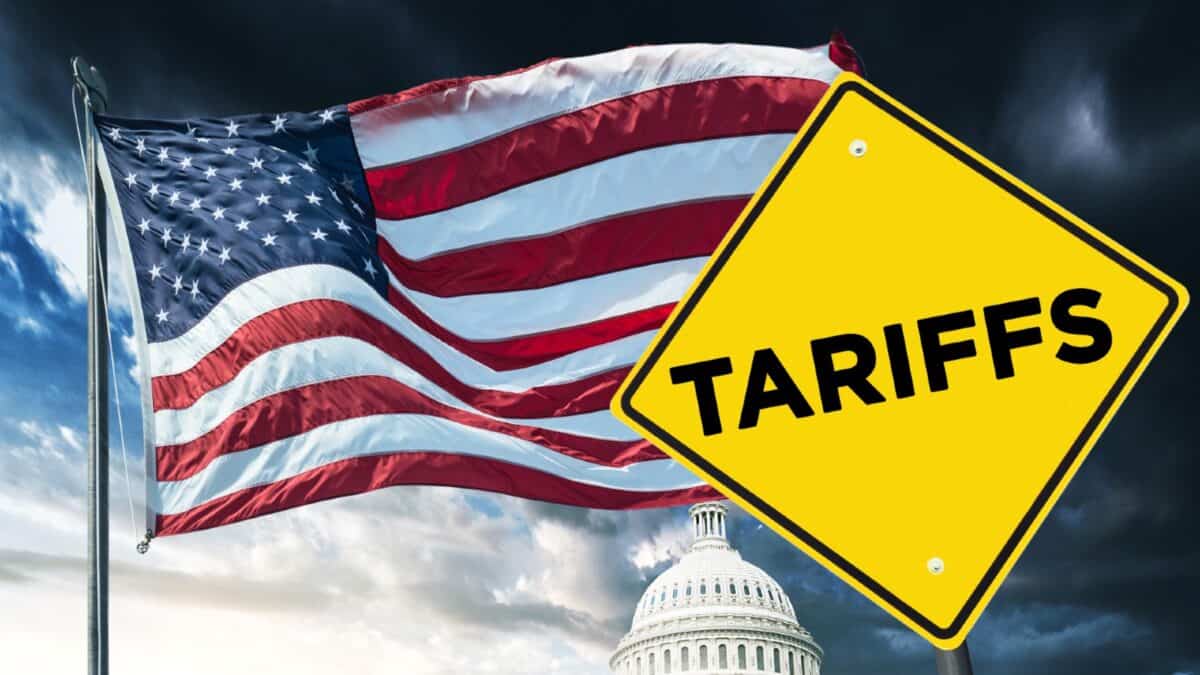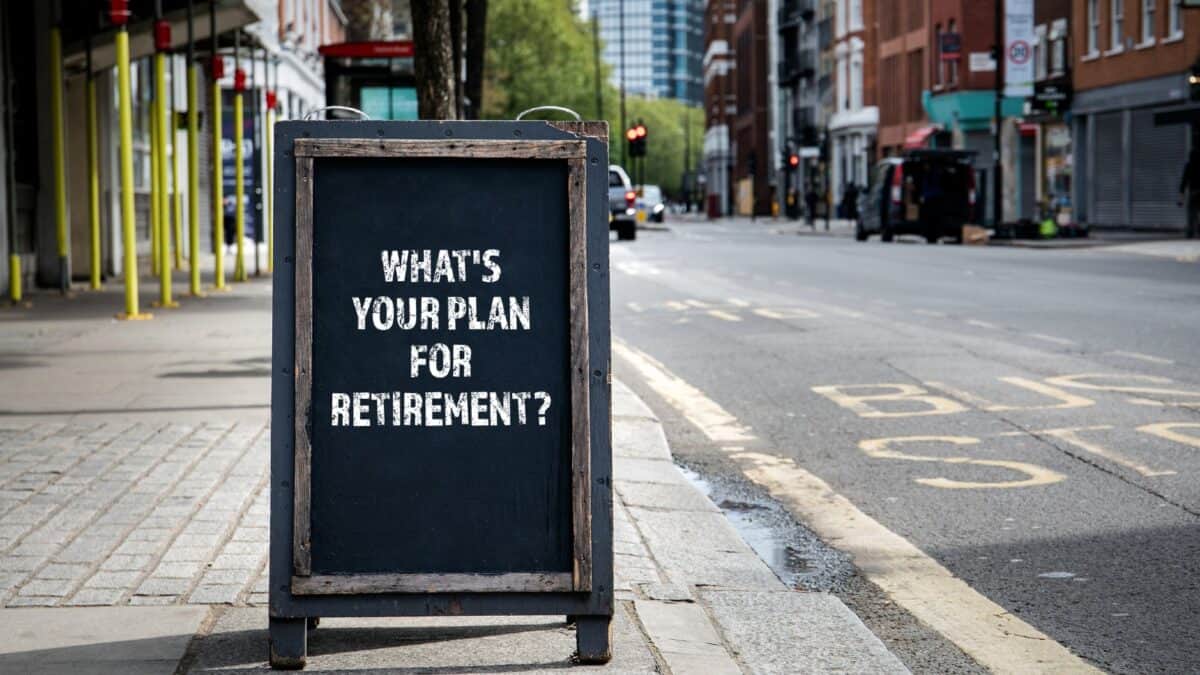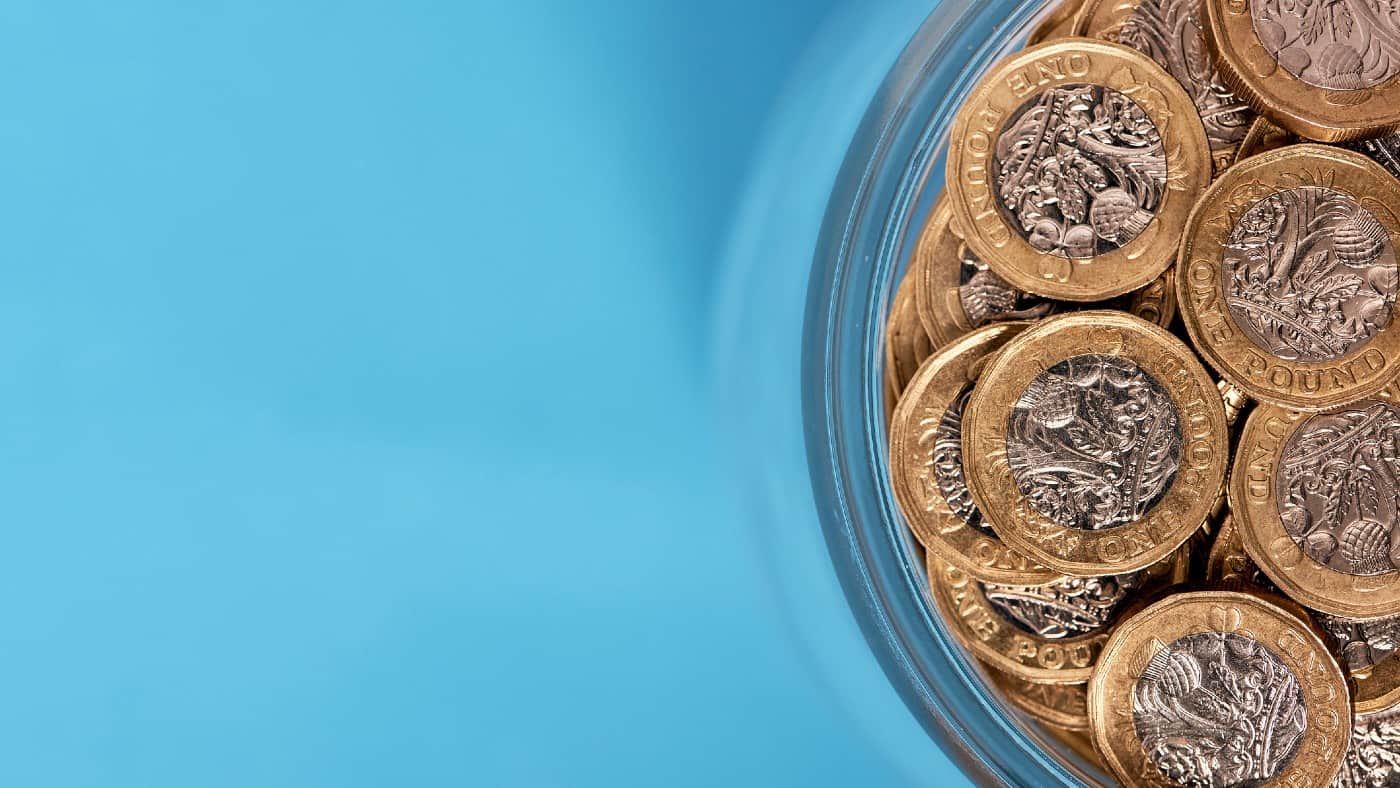Image source: Getty Images
If I had invested £10,000 in telecoms giant BT (LSE:BT.A) shares five years ago, the journey would have been a roller-coaster ride. However, with an impressive 6.3% dividend in 2024, it would’ve brought in some decent passive income along the way.
Reflecting on the recent past and looking to the future, let’s explore this investment.
What happened?
In June 2019, if I had taken the plunge into BT shares, I might have felt a mix of optimism and caution. The company, a prominent player in telecommunications, had been navigating through challenging times, including regulatory pressures and technological shifts. Yet, it stood as a cornerstone of the UK’s communication infrastructure.
Fast forward to the present, BT’s stock has seen its share of volatility, influenced by industry dynamics and market sentiment. Over the last five years, the share price has fallen by 38%.
Dividend investors
With some speculating at a recovery, now is a good time to look at how investors focussing on the dividend would’ve done over the last five years. Just like the share price, the dividend yield has been fairly volatile, starting at 9.4% in 2020, before falling to 2.5% in 2022 as the economy contracted.
Between 2019 and 2023, a £10,000 investment in BT shares would have purchased 4950 shares at £2.02 each. This would generate passive income for each year as follows:
| Year | 2019 | 2020 | 2021 | 2022 | 2023 | 2024 (YTD) |
| Final dividend (per share) | 10.78p | – | – | 5.39p | 5.39p | 5.69p |
| Interim dividend (per share) | 4.62p | 4.62p | – | 2.31p | 2.31p | 2.31p |
| Total (per share) | 15.40p | 4.62p | – | 7.70p | 7.70p | 8.00p |
| Dividend income (4,950 shares) | £726.30 | £228.69 | £0.00 | £381.15 | £381.15 | £396.00 |
Fairly decent returns, but keep in mind that enormous decline in the share price over the same period, so that a £10,000 investment would now only be worth about £6,200.
What’s next?
It’s crucial to acknowledge the broader context shaping the telecommunications sector. The evolution of technology, regulatory changes, and shifting consumer behaviours all contribute to the complexity of investment decisions. The company is clearly trying hard to modernise operations and expand globally, but faces stiff competition from other providers.
CEO Allison Kirkby suggests that the story is just beginning, that BT has “now reached the inflection point on our long-term strategy“. Boosting the dividend from previous years is one way to bring investors back on side, but the company needs to ensure that a recovery in the share price can be sustained. Otherwise, investors might be waiting a long time to see returns.
There is clearly value in the brand and in the infrastructure, but the market still seems to be undervaluing this. A discounted cash flow calculation suggests the business is over 76% undervalued. A price-to earnings (P/E) ratio of 5.9 times is also well below the sector average of 19.7 times.
Am I buying?
However, I feel like there is still a long way to go before investors can be sure of how this one will go. I like the dividend yield for passive income, but if the share price continues to decline, I’d rather have my money elsewhere. I’m skipping this one for now.
Credit: Source link

